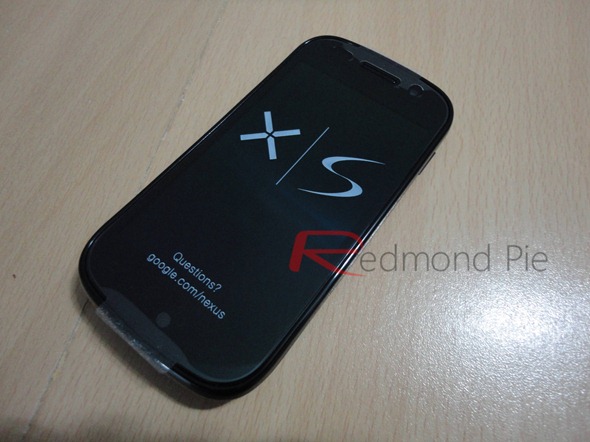iVIP Black, The Millionaires App, is the first and only premium lifestyle application for the iPhone. iVIP Treatment is new to iVIP Version 2.0, with iVIP members receiving personalised attention and heightened experiences across the range of iVIP partners.
iVIP treatment allows iVIP members to geo-locate iVIP partner venues and receive extra-special experiences through surprise gifts, welcome packages, complimentary room upgrades, exclusive rates, priority access, and other unique privileges. For premium iVIP members iVIP treatment is available across our global range of luxury partners.

VIP Partners include Gordon Ramsay Restaurants, Virgin Limited Edition (Necker Island, The Lodge Verbier, and more.), Firmdale Hotels, and many other premium brands, venues and services around the world. iVIP covers all aspects of the luxury lifestyle including butlers, theatres, personal trainers, private jets, a concierge, casinos, personal styling... And much more.
Please note: iVIP Black is the premium version of iVIP, the first ‘Millionaire’s App’. Upon download, prospective members will be required to certify they are High Net Worth Individuals with assets and/or income in excess of £1 million. Upon completion each approved member will be eligible for a personal consultation to explore how iVIP can manage their VIP lifestyle.
Any resulting project plan, personalisation, and bespoke software/app and/or hardware development will come at additional cost.
Please note: iVIP Black membership lasts for one year, unless you customise the app - bespoke development gives you automatic lifetime membership.
iVIP members get access to everything you’d expect – and more – from the world’s first luxury lifestyle app, including:
- Be treated like a VIP across our partner venues
- Benefit from unique iVIP privilege rates with many of our partner services
- Receive complimentary room upgrades at luxurious hotels
- Take advantage of priority booking at premium restaurants
- Receive complimentary amenities at various partner venues
- Get priority access to unique events and experiences
- Access a concierge directly through iVIP
- Book private yachts, private jets, private islands, and more, directly through iVIP
- Receive invitations to exclusive iVIP evenings
- Purchase the unique, limited edition iVIP Black iPhone
Please note: These services come at additional cost.
New luxury partners will be continuously added to the iVIP stable, increasing the value of your membership. Plus, you can suggest partners you would like to see included.
You can access all of these partners and privileges directly from iVIP, bringing the VIP lifestyle to your iPhone for the first time. Many of these benefits are exclusive to iVIP and unavailable through any other routes.
And it will be - $999.99
that much ah!!
Read more »








































